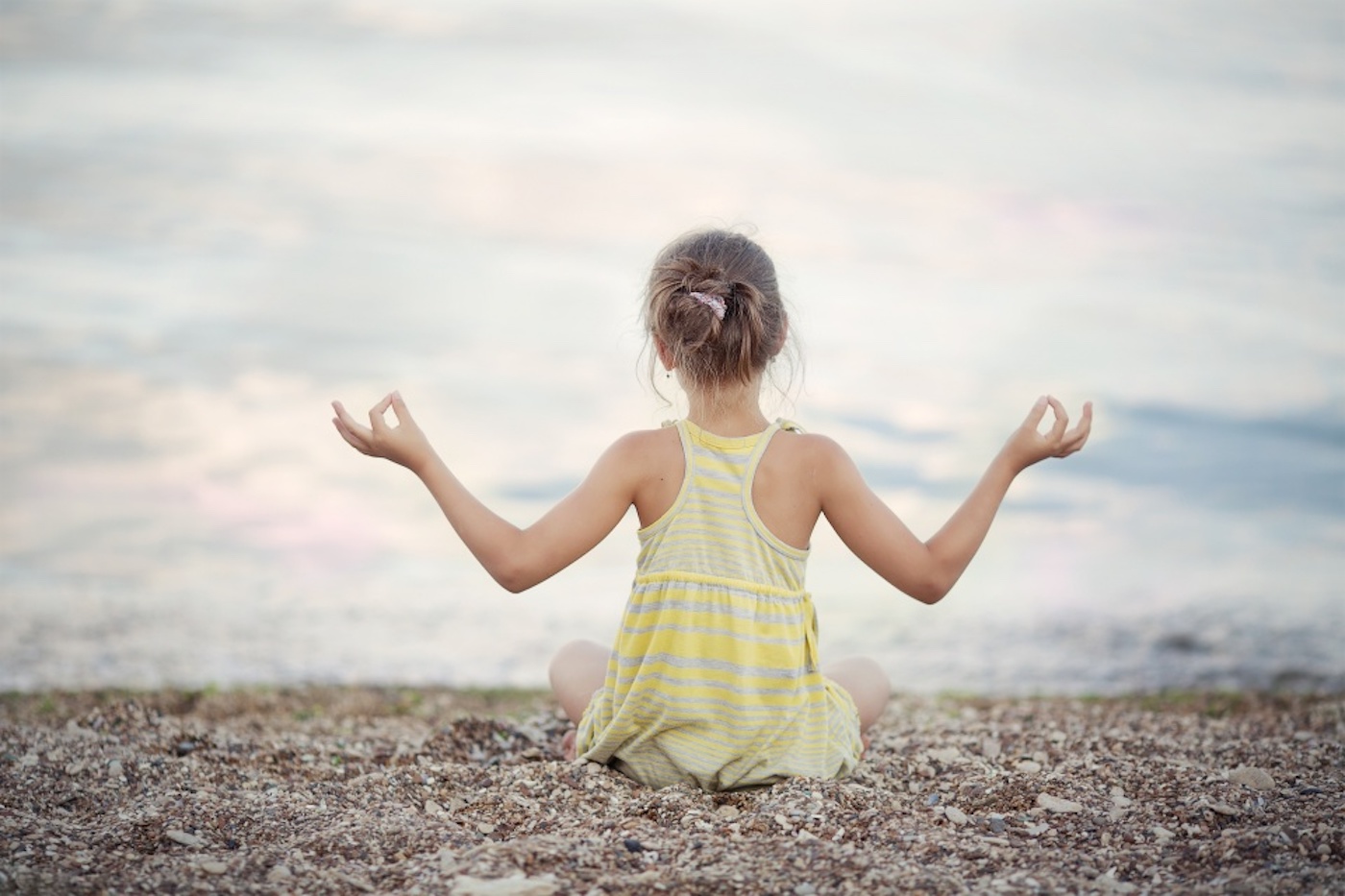As an elementary school teacher, I know first-hand what kids are coming into the classroom with. Whether it’s arguing parents at home, feeling inadequate in a specific subject, or even dealing with the not-so-kind demeanor from peers – kids have so much happening in their developing brains. It’s no wonder that attention deficits and behavior issues are on the rise within the classroom and at home! And don’t even get me started on the overuse of technology in young kids, which just adds fuel to the fire!
In addition to being a school teacher, I am also a certified yoga teacher. When I was going through the process of student teaching before I was a professional, I knew that there had to be some positives to bringing in yoga and mindfulness into the classroom. The results from my own studies within the classroom were incredible, and the research behind some of these strategies just seals the deal. Below are some of these tools and tricks that have helped my students and I not only calm down, but can help overcome fear and hesitation, and can be used in the classroom, at home, and beyond!
- 1 Minute Exercises
There are many quick exercises that children can use when they are feeling stressed out, anxious, or fearful. When a kiddo is feeling stressed, have them verbalize or write down what it is specifically they are feeling anxious about. Ask them who can provide the support they need, whether it’s a sibling, another teacher, or a close friend. Another great question is, if something doesn’t go your way – what’s the worst thing that could happen and how can you overcome it? It gives the kiddo a sense of control, and forces them to start problem solving instead of letting those thoughts marinate. There are a lot of great websites that help give you a launching point for coping strategies, such as, CopingSkillsForKids.com.
- Start the Day on the Right Note
Starting your day with a little gratitude isn’t new science, but is often overlooked by both kids and adults. Before you start to fix breakfast, shower, pack your bag and rush out the door, meditate for a few moments or write on a sticky note what you’re grateful for before you even leave the house. In my classroom, a part of our morning routine is to chat with a friend about what you’re grateful for thus far in the day. We even have envelopes where students can write down what they’re thankful for or a compliment that another peer gave them, and they can keep it to look at later. Maybe there was a beautiful sunrise? Maybe your dog cuddled with you for a few minutes in bed? Maybe you have an exciting trip coming up? Taking the time to reflect on what you’re grateful for or what makes you happy, allows your brain to shift from worry and negativity to a lighter and happier demeanor. (https://www.psychologytoday.com/us/blog/prefrontal-nudity/201211/the-grateful-brain)
- Get Rid of the Trash
Before my kiddos come into the classroom, I have a small trash bin and post-its outside the door. If kiddos have had a rough night before or a hectic morning, they can write down the things that they’re mentally or emotionally bringing into the classroom and crumble it up and throw it in the trash. The amount of true learning that took place when I started using this strategy was amazing! There’s something that happens when we can write down our worries or fears down on paper, and then physically rip them up. We take a little control back. Kids love it because I think they just like to rip stuff up, but if it works – it works. If kiddos need a bit more time after that, I also have a calming corner in my classroom where they can sit on comfy pillows and read or journal. The parents that have started their own calming corners at home have seen great results, as well. When a child is throwing a tantrum or having a meltdown, instead of telling them to calm down (when has that ever worked!?), they can send them to the calming corner to listen to music and catch their breath before talking about what’s going on.
Are these going to work every single time? Heck no! However, it gives us as adults and kids a jumping off point to start the process of peeling back layers to get to the root of the anxiety or fear a child is feeling, especially if they are a younger child who might not have the capability to verbalize what they’re feeling in the best way. Like yoga – this is a practice…ever changing and ever adapting. If we can get our kids into the habits of looking internally at why they’re feeling the way they’re feeling, and a few coping strategies to help start the process of overcoming these big feels, JUST IMAGINE how better prepared as adults they’ll be without having to use medication to help cope!
As an educator, certified nutritionist and trainer, certified yoga instructor, certified life and mindfulness coach, and author of the children’s book – The Grandpa Jack Series, I’d be happy to share more strategies with you, and start the first of many conversations about helping you and your kiddo! Jump over to my website www.thelegacyofjack.com or email me at [email protected] today to learn more about what services I offer!
Photo Credit: The Shriver Report


